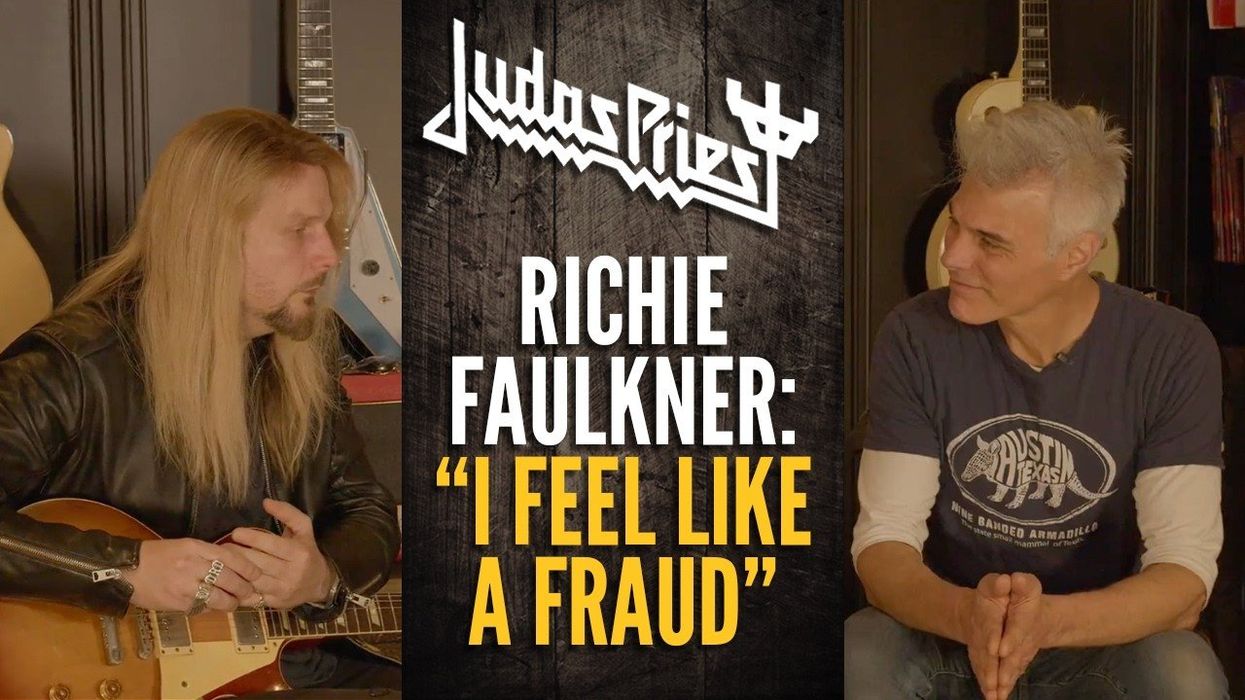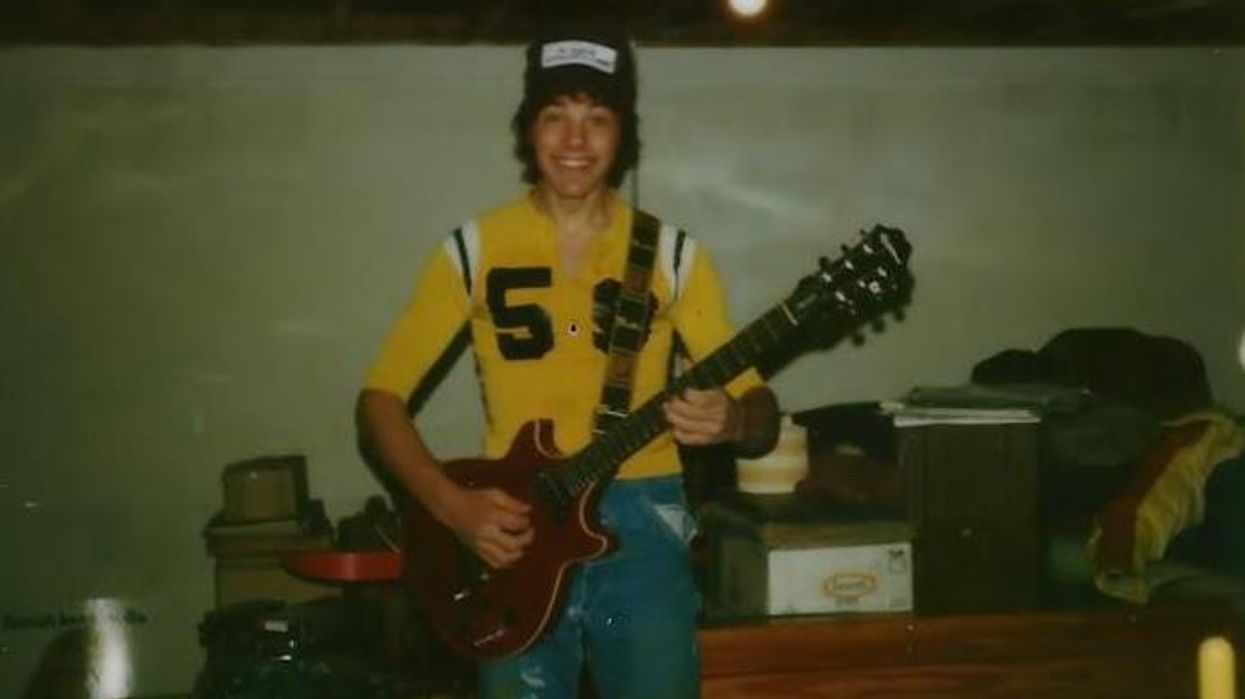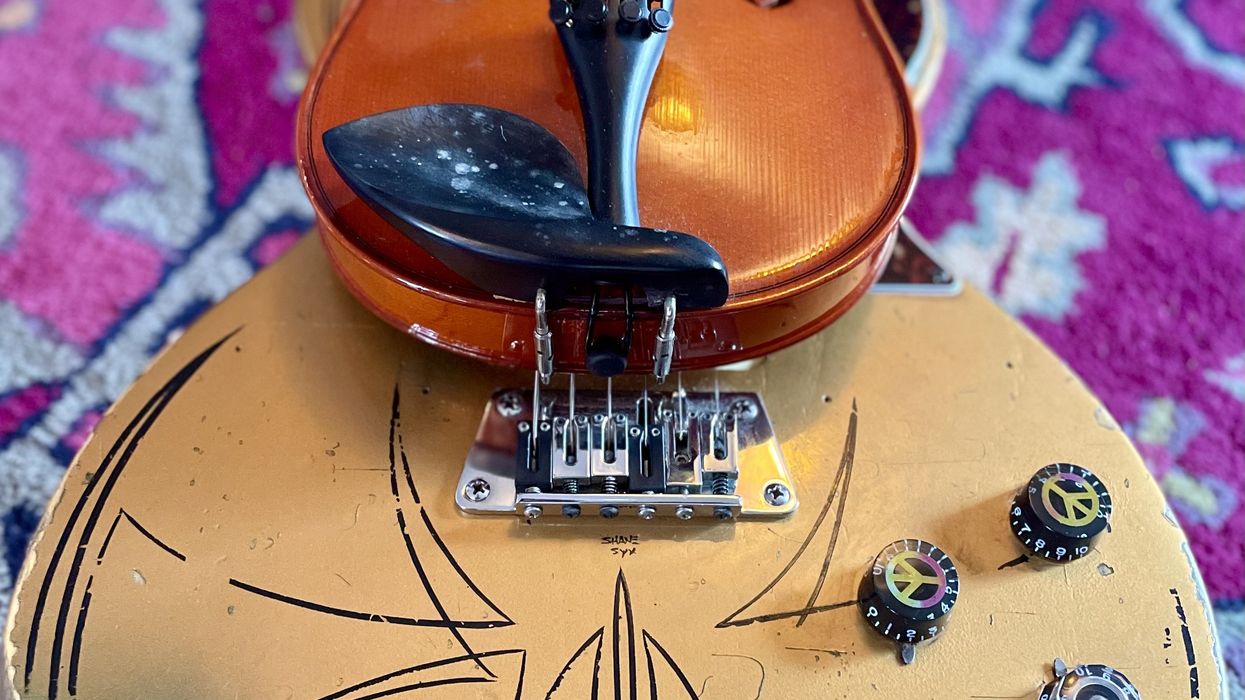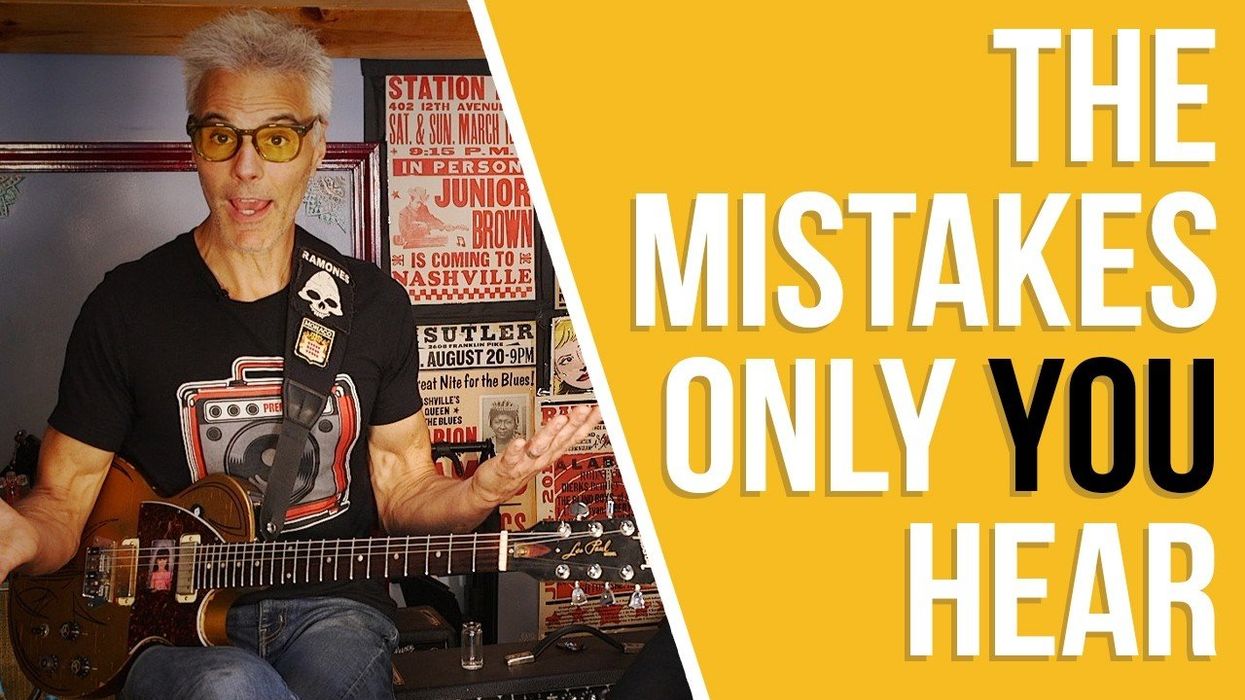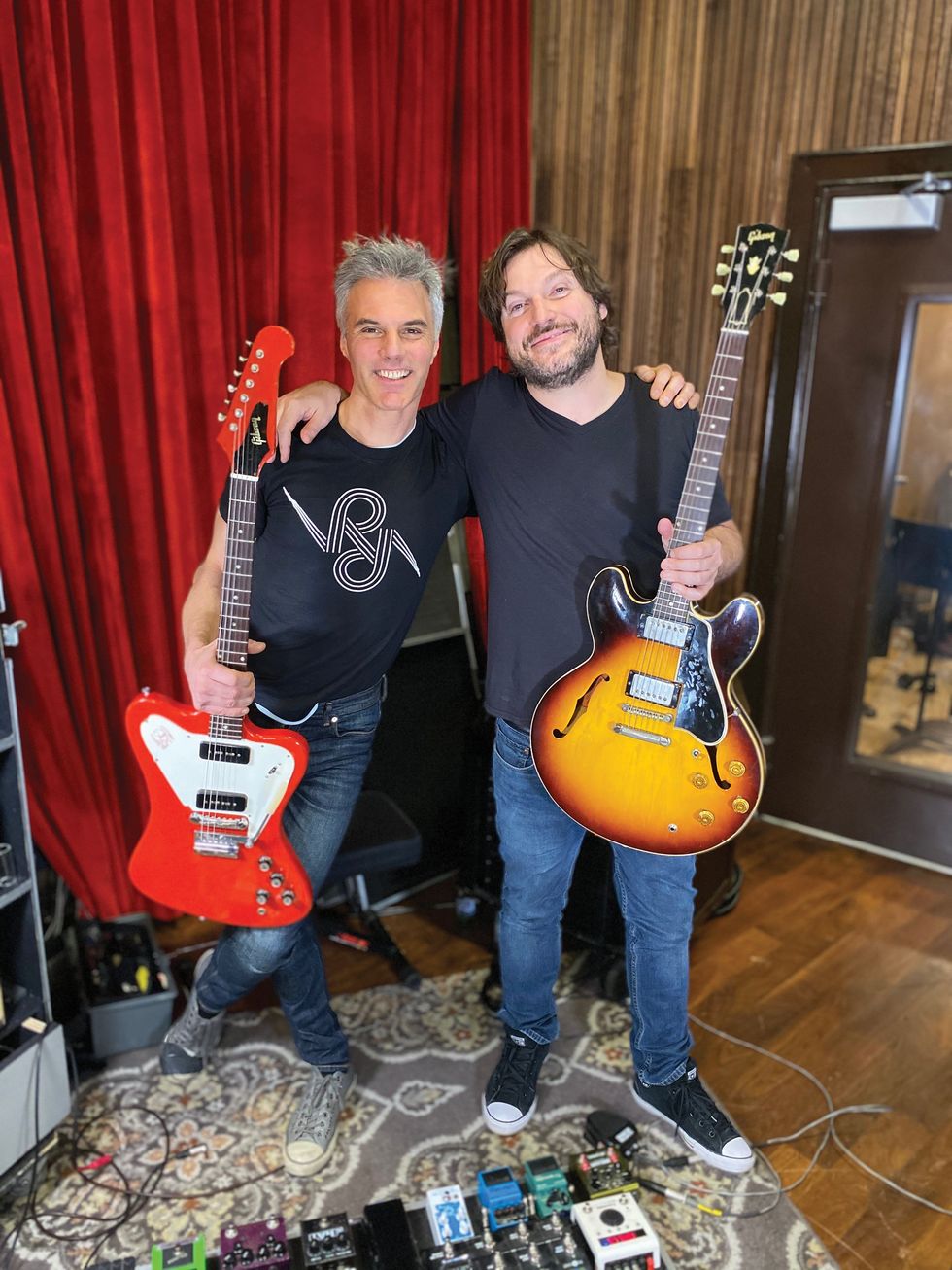There’s a reason some things are classic and great, and people use them all the time.
I’m the type of guy who likes to tape a microphone to a drummer’s chest while throwing buckets of water in his direction. Things like that can produce absolutely incredible results, butttt … there have been countless times where experimenting has actually hindered me from creating and capturing the sounds I was working to get out of my head. There are so many tried and true techniques that save time in the studio and get me to the goal of making something truly awesome. Looking back, I find when I use fewer tools and focus on being as expressive as I can, the results are more rewarding.
I’ve discovered some really cool sounds through experimentation. Example: I recorded a guitar cabinet with 15 mics. The sound was absolutely massive, and while it sounded really cool on its own, once I started bringing up the other instruments in the mix, there just wasn’t room for anything else to have its own space.
I’ve recorded drums with many microphones, with every mic run through different effects processors, and while it sounded like each layer I added was making the drums sonically crazier, the complexity of the overall sound fell flat, lost almost all impact, and ultimately it was really time-consuming to sort through and decide what to use in the final mix.
I’ve recorded sources reflecting off cymbals, miked the strings of a piano in a room for reverb during drum performances, and taken a line from a guitar that was vibrating from screams during a vocal take. Those techniques worked a few times to create a cool sound with lots of character, but also added the extra hurdle of only capturing sounds and not focusing on the performance. Don’t get me wrong: Techniques like these can and should be used, but too much can lead to confusion in a mix. Like where I try to wedge that WWI radio mic stuck to a ceiling fan in there ... just ’cuz I used it.
A lot of tried-and-true techniques work just great. Take DI guitars run through fuzz pedals. At first, I think, “Wow, what an awesomely abrasive sound.” But often there’s too much transient high-frequencies in there that do nothing but make the mix crackle, so I have to throw a low-pass filter on it, which takes away all the excitement.
Guitars often sound better, and take less work to fit into a mix, with an SM57 pointed at the center of the speaker cone of an amplifier. Four mics on a drum set using the “Glyn Johns method” is easy to implement, sounds great, and I don’t have to think about it. I can focus on the performance. And when I go to mix and only have one channel for an instrument (or just a few, at most), I can easily see all the tracks, make decisions quickly, and have huge results.
While writing this, I realized the less-is-more approach has been the basis of a lot of things I do that end up working out. Simple things are easier to master, and the focus brings more interesting results. I’m in a three-piece band and, if things go wrong during a performance, it’s easy for us to change direction and make mishaps or mistakes into something completely different, yet awesome.
I often keep my pedalboards quite minimal, so I can focus on my performance and how my instrument relates to the space it’s in. That forces creativity and really pushes me to stretch the boundaries with every element. In many of the effects I design, the circuits are formed around simple concepts, so I can really exploit every possibility and configuration to make sure it can do as many interesting things in as many scenarios as possible, while being super-easy to use and dial in.
While I love and will always try out new and crazy ideas like running over a bass with a car, playing through 100 pedals, or attaching wheels to a pedalboard—which can lead to some fun results—I often want the performance to shine through and not the experimentation. I find when I scale everything back and use tools for what they are designed for, I get accurate, more controlled, more me results … faster. Now go out there and make some music!















